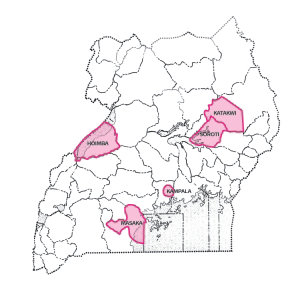About two years ago around this time, crowds of protest movements were enveloping the Middle East and North Africa. Protestors were coming together to work towards better representation of people that had the capacity to serve the larger population, rather than the upper elite. In Egypt, particularly about two years ago around this time, the former President of Egypt of 30 years, Hosni Mubarak, was forced to step down.
The Middle East region includes about 20 countries, with almost 400 million people living within its span. Of this population, about 65 million people live on less than $2 US dollars a day. Egypt has the largest number of people living in poverty in the Middle East, with 18 percent out of 80.4 million living on less than US$2 per day. Loose labor laws, a lack of strong physical infrastructure and a weakened sense of social justice amounted to an overwhelming amount of unsatisfied civilians that took to Tahrir Square in 2011 and have since been fighting for their just representation by government officials.
Economic burdens and restraints, like those that have affected a large portion of Egypt’s population, not only lead to inequality of employment, resources and infrastructure, but they can also eventually lead to the regression of physical health. When you have such a large population living in under-privileged circumstances, people walk a very thin line of safety when it comes to health services. It may not have stood out as a single issue that raised headlines during the protests, but the lack of policy that suppressed the spread of diseases is also a result of government neglect.


 The specific remit was to examine issues of ownership, integration, coordination, implementation and impact, with a particular focus on the unique strengths and problems of these access PPPs as distinct from other comparable programs where drugs are competitively procured. Fieldwork visits were made to five districts in Uganda –Hoima, Kampala, Katakwi, Masaka and Soroti – selected on the basis of active implementation of the PPP programs […]
The specific remit was to examine issues of ownership, integration, coordination, implementation and impact, with a particular focus on the unique strengths and problems of these access PPPs as distinct from other comparable programs where drugs are competitively procured. Fieldwork visits were made to five districts in Uganda –Hoima, Kampala, Katakwi, Masaka and Soroti – selected on the basis of active implementation of the PPP programs […]